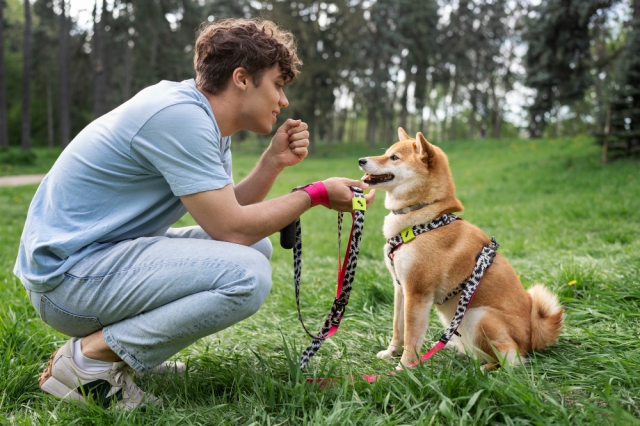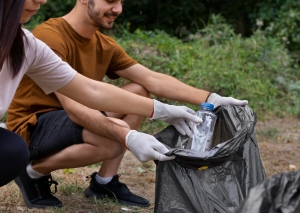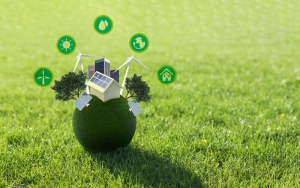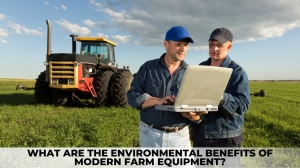When you think about living sustainably, images of reusable shopping bags, bamboo toothbrushes, and solar panels might pop up first. Pets, though—cats chasing yarn, dogs chewing bones, rabbits munching greens—are often left out of that picture. Yet the truth is: pet ownership has its environmental footprint. Food packaging, plastic toys, disposable grooming tools, and synthetic accessories all add up. But what if caring for pets could align with a greener lifestyle? What if "eco-friendly pet ownership" wasn't just an idea but a practice anyone could try?
Let's dive into zero-waste tips and strategies for building a pet life that respects both your furry friend and the planet.

Why Pet Sustainability Matters
The numbers tell a story: in the U.S. alone,over 160 million cats and dogs live in households, and together, their food consumption is responsible for nearly 64 million tons of carbon dioxide emissions every year. That's equivalent to driving more than 13 million cars for one year. Add to that the mountains of plastic waste from packaging, toys, and accessories, and the scale of the problem becomes clear.
The good news? Every small shift counts. While one biodegradable waste bag may feel tiny compared to the ocean of plastic, multiplied by millions of pet owners, it turns into real impact. And pets are surprisingly adaptable—many thrive with natural, low-impact alternatives.
Food: Rethinking the Bowl
Feeding pets is one of the most significant sources of waste. Conventional packaging relies heavily on plastics, and the ingredients themselves often carry a heavy carbon footprint. Options exist, though. Bulk pet food suppliers allow customers to refill containers instead of buying single-use bags. Some owners even explore homemade diets, though this requires careful nutritional planning with veterinarians.
For treats, simple is often best. Dehydrated sweet potato slices or small chunks of apple (for dogs) can replace plastic-wrapped biscuits. Cats may prefer dried fish snacks, which can be bought loose at local markets. Zero-waste doesn't mean sacrificing nutrition or joy—it means rethinking habits.
Waste Management: Beyond Plastic Bags
Cleaning up after pets is part of ownership, but the tools matter. Millions of traditional plastic bags are tossed every year just for dog waste. Compostable bags made from cornstarch or paper-based alternatives offer a better path. If you own a yard, pet waste composting systems can turn what's usually garbage into a resource.
For litter boxes, ditch the clay-based litter, which is strip-mined and non-renewable. Alternatives include wood shavings, shredded paper, or even coconut husk pellets. They not only reduce environmental harm but also provide natural odor control.
Toys and Accessories: Choosing Sustainability
It's easy to fall into the trap of buying colorful, squeaky toys that last only days before ending up in the trash. Sustainable pet ownership calls for longer-lasting, natural, or upcycled alternatives. Rope toys made from hemp, chew bones from antlers naturally shed in the wild, and fabric toys crafted from old clothing all extend life cycles.
One lovely example comes from small businesses focused on handmade, eco-conscious products. The OhMyIggy store on Etsy is one of them. In such stores, you can find unique clothes and accessories for animals made from natural or recycled materials. Choosing eco-friendliness does not have to be at the expense of style.
Grooming and Health: Low-Waste Options
Pet grooming routines often hide single-use items—plastic shampoo bottles, disposable wipes, synthetic brushes. Instead, look for bar shampoos, refillable containers, and metal grooming tools built to last. Old towels can replace disposable wipes for paws after a walk.
When it comes to veterinary care, sustainability doesn't mean compromise. Many clinics now emphasize eco-conscious operations, from digital records to recyclable packaging for medications. As a pet owner, asking questions and showing interest in sustainable practices can nudge even more professionals in that direction.
Eco-Friendly Living Spaces
Pet ownership extends into the home environment. Beds stuffed with synthetic foam break down into microplastics over time, while cheap plastic bowls crack and end up in landfills. Alternatives include stainless steel bowls, wooden raised feeders, and beds filled with organic cotton or recycled textiles.
For indoor enrichment, cardboard boxes and paper bags often spark as much joy as store-bought toys. Cats in particular are proof that sustainability and fun go hand-in-hand.
The Social Impact: Community and Sharing
Eco-friendly pet ownership isn't a solo mission. Pet owners can swap toys, trade accessories, or organize donation drives for shelters. Sharing resources reduces consumption and strengthens community bonds. Statistics show that if just 25% of pet owners reused or donated gently used pet products, the industry could cut waste by thousands of tons annually.
It's also about setting an example. When neighbors see compostable bags on your walk or notice your dog wearing a handmade, eco-friendly harness, curiosity is sparked. That ripple effect inspires change.
Zero-Waste Mindset in Pet Life
Zero-waste isn't perfection. It's a mindset—choosing better over disposable, sustainable over synthetic, local over mass-produced when possible. It's about seeing that every choice, from the bowl to the bed to the bag in your pocket, adds up.
Eco-friendly pet ownership isn't a trend. It's a responsibility woven into the bond we share with animals and the planet. They rely on us, and in return, they give unconditional love. Meeting their needs while protecting Earth is the balance modern pet owners must strive for.
Final Thoughts
Living sustainably with pets isn't complicated—it's intentional. Switching food containers, exploring compostable waste solutions, choosing handmade over plastic, grooming with durable tools, and engaging with eco-conscious businesses like OhMyIggy can transform your pet's lifestyle into one that leaves a lighter footprint.
Small shifts shape bigger changes. Millions of owners making conscious choices can significantly reduce the environmental toll of pet care. Pets don't need excess to thrive. They need love, attention, and a safe, healthy world. And that's something eco-friendly living helps secure—for them and for us.






